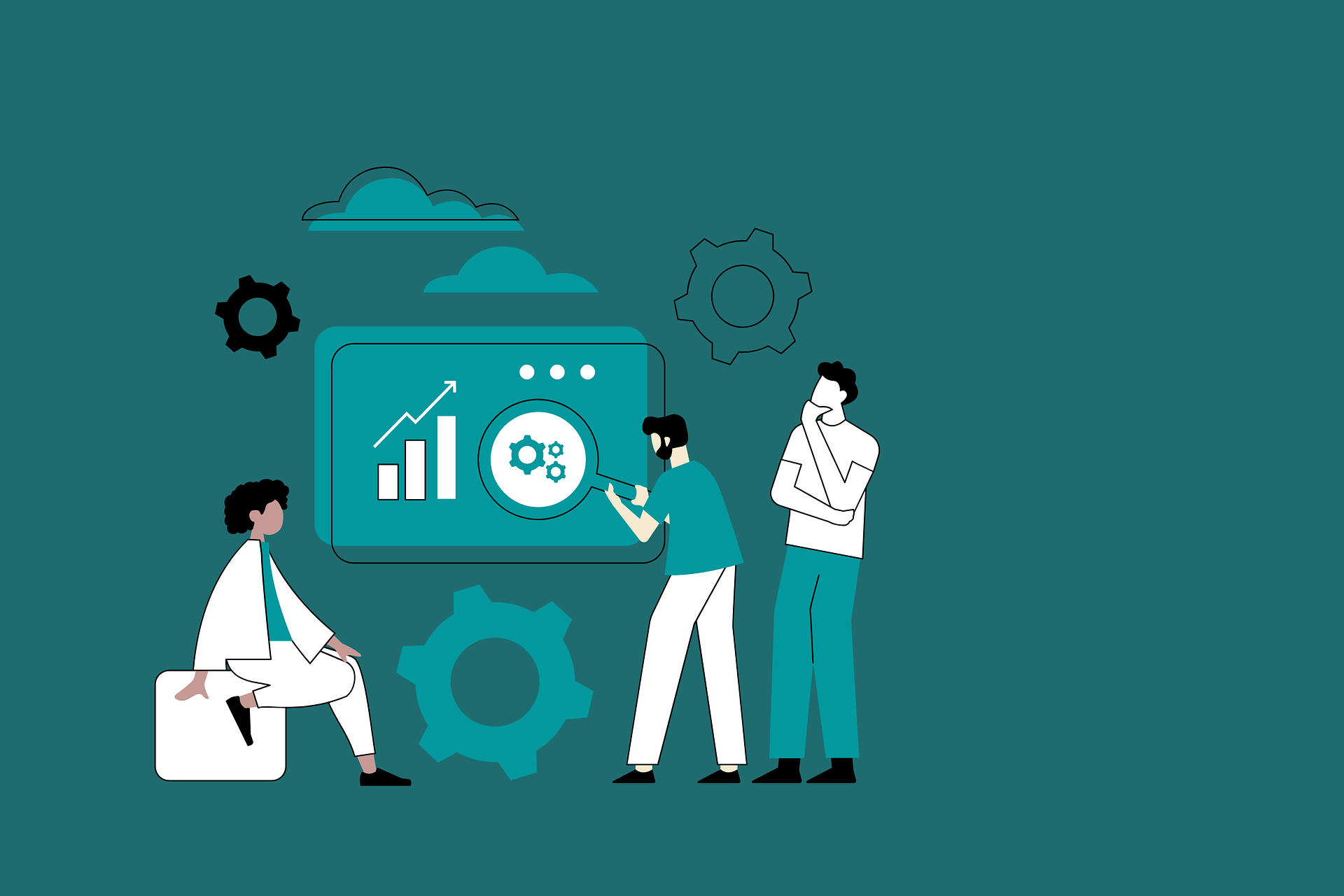Pay-per-click (PPC) advertising is one of the most effective ways to drive targeted traffic to your website. However, with the cost of PPC advertising on the rise, it's more important than ever to ensure you're getting the most out of your investment. One of the most important factors in determining the success of your PPC campaign is your cost-per-click (CPC). In this post, we'll go over some strategies for optimizing your CPC and maximizing your return on investment (ROI).
1. Conduct keyword research
The first step in optimizing your CPC is to conduct thorough keyword research. Identify the keywords that are most relevant to your business and have the highest search volume. Make sure to also identify long-tail keywords, which are more specific and less competitive, as they can often have a lower CPC.
2. Use negative keywords
Another way to optimize your CPC is to use negative keywords. Negative keywords are words or phrases that you don’t want your ad to show up for. By excluding irrelevant search terms, you’ll reduce the number of unqualified clicks, which can help lower your CPC.
3. Optimize your ad copy
Your ad copy is one of the most important factors in determining your CPC. Make sure your ad copy is relevant, compelling, and includes your target keywords. Also, make sure to include a clear call-to-action, such as “buy now” or “learn more.”
4. Utilize ad extensions
Ad extensions are additional information that can be added to your ad, such as location, phone number, or reviews. These can help improve your ad’s relevance and performance, which can lead to a lower CPC.
5. Test and refine
The final step in optimizing your CPC is to test and refine your campaigns. Make sure to track your results and make adjustments accordingly. Try different ad copy, keywords, and targeting methods to see what works best.
Regularly reviewing analytics data, including bounce rate, can help you identify patterns and make changes accordingly. By monitoring this data, you can identify areas for improvement and make changes to reduce your bounce rate.
Pop-ups and interstitials can be irritating for visitors and lead to a high bounce rate. Avoid using these types of elements on your website, or at least make sure they’re not intrusive and easy to close.

